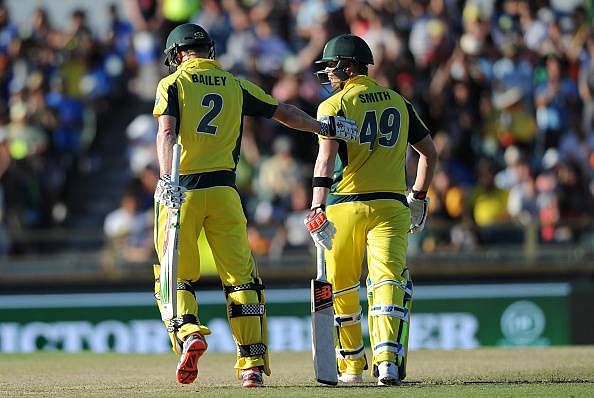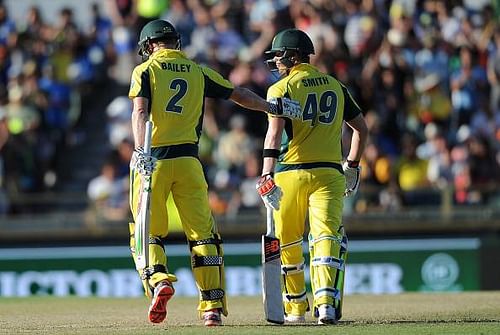
India’s Singles Scourge
Rewind back to September 2002. India is floundering at 87 for 5 against Zimbabwe in their opening match of the Champions Trophy. Mohammad Kaif comes in at 7, scores an unbeaten century at a run a ball to take his team to 288, good enough to scrape a 14 run win. His 111 features 55 singles and 38 dots.
Speaking on Kaif’s innings, India’s new coach, John Wright, has a simple assessment. “The reason why he is a good one-day player is that he is the best getter of the single in the whole team. When the big shots aren’t coming or a bowler is difficult to get away, you score the single. That is the key thing.”
It is a mantra Wright hammers home throughout his tenure as coach: fewer dots, more singles. It is a mantra that India takes to heart over the next decade, and that serves as a cornerstone to their evolution as a limited overs squad in the 2000s. It is no coincidence that in their 2011 World Cup campaign, India had the lowest dot-ball percentage (47.99%) of any team by a significant margin.
The difference of singles
Much has changed since 2002, but the inflated scores of the new era have done nothing to diminish the value of the single. The reasoning is simple – the single relieves pressure in a risk-free manner, keeping the scoreboard ticking without risking a wicket. It keeps the bowler from settling into a rhythm against one batsman and forces the fielding captain to make adjustments to his game plan.
Recently, however, India has regressed on this front. The 2015 World Cup saw their dot ball percentage rise to above 50%, even as the cumulative dot ball percentage dropped from 2011. And at the WACA on Tuesday, they were thoroughly outplayed by an Australian side that took a leaf from John Wright’s book.
Though the Indians had set batsmen at the crease for the majority of their innings, they played out 138 dots to 101 singles. The Australians almost reversed the ratio, logging 104 dots and 132 singles.
The Indians, with 25 fours and nine sixes, collected 154 runs through boundaries in 34 balls. In the remaining 266 balls of their innings, they scored 155 runs – a scoring rate of 3.5 RPO. The Australians, by contrast, scored at 4.48 RPO on their non-boundary balls.
This disparity makes all the difference in a game decided in the final over.
Late aggression by India
Between overs 17 and 25 -- a “building” phase in a typical ODI innings – Virat Kohli and Rohit Sharma played out 24 dots. In the same period, George Bailey and Steven Smith played out 5 dots. Little coincidence that those were the overs where Ashwin and Jadeja were bowling in tandem.
The wicket may not have been conducive to turn, but the Indian spinners strayed on to the pads far too often to maintain any semblance of control. A rueful Dhoni admitted in the post-match press conference that he had never expected the spinners to have such a bad day.
In a way, one feels for Dhoni – his immense ODI success as captain has been rooted in his spinners’ ability to weave webs around opposition batsmen, rushing through overs as the run rate rises and the pressure mounts.
But at the WACA, Dhoni’s passive field placement was as much a culprit as the bowling effort. With a long on and deep midwicket in place throughout the middle overs, singles were less about dexterous field manipulation and more about putting bat on ball.
As a result, there was no real scoreboard pressure on the Australians despite a target in excess of 300.
Meanwhile, a strong finish papered over India’s incomprehensibly poor strike rotation throughout the majority of their innings. Entering the 44th over with nine wickets in hand but a run rate well under six is a travesty on a flat pitch, and indicative of an overreliance on the death-overs slog to set up a par score.
It is time for India to go back to the basics that were instilled by John Wright and implemented by their young bats. It is time to pack the inner ring, to tap and run, to value the maiden as much as the wicket. It is time to embrace the single – both stealing it, and saving it.
